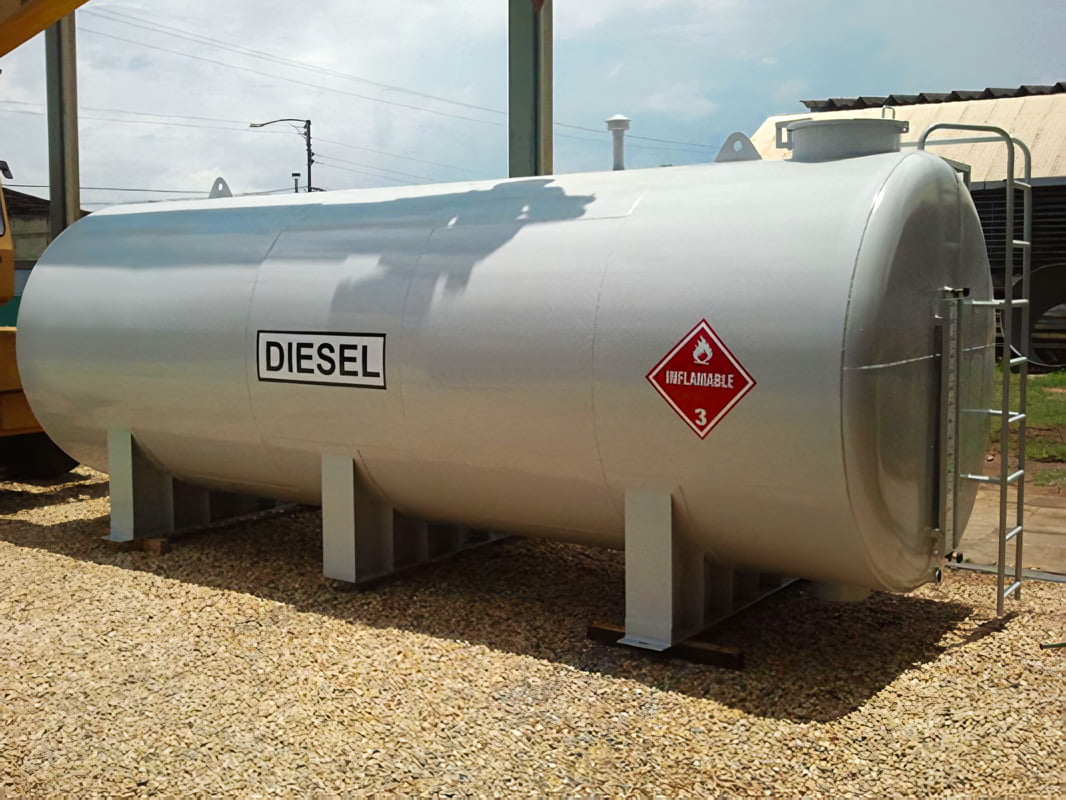Fuel monitoring and GPS tracking of construction machines with the help of a 2-in-1 device
Customer: construction company* (Qatar)
Task: fuel tank monitoring, GPS vehicle tracking
Machinery: fuel tanker trucks, stationary fuel tanks
Result: precise fuel costs accounting, optimization of fuel delivery schedule for construction sites, 45% decrease of costs associated with fuel distribution and consumption
The customer
The construction company* was established in Qatar in 2007. The company is а member of international group of companies operating in the USA, African and Middle East regions.
Specialists from 17 countries of Europe and Asia work in the construction company*: C-levels, project managers, engineers, builders, drivers, plant operators, tractor operators, support personnel. The company has built several modern enterprises for building materials production (asphalt and concrete plants, crushing and sorting lines for crushed stone production).
The company* portfolio includes several dozens of major projects implemented in Qatar: highways, airfields, roads in cities.
1 700+ employees
5 building materials manufacturing factories
280+ machinery units
10+ years of success
The machinery
The company owns road construction machines, dump trucks, special machinery, buses, cars.
Almost all machinery is equipped with diesel engines. Often, work is carried out in remote locations where no gas stations are located. To ensure uninterrupted supply of diesel fuel, stationary fuel storages (fuel tanks) and fuel tanker trucks (vehicles carrying fuel) are used.
Stationary fuel tanks have a volume of up to 50,000 liters. Fuel tanker produced by Gorica (UAE) on Toyota Dyna chassis. The truck is equipped with a diesel engine (4 cylinders, volume 2.5 liters, power 75 kW). The volume of single-compartment fuel tanker truck is 3000 liters.
The task

Some difficulties, which cannot be solved with the help of standard on-board equipment, arise in operation of fuel storages and fuel tankers.
The peculiarity of Middle East climate is strong temperature fluctuations of fuel. During the day, air temperature can “jump” to 40 degrees, what leads to a significant expansion of the fuel. When refueling tanks and giving out fuel, the level is measured by a standard floating sensor or a dip stick (a pole which is immersed in stationary fuel tank). Temperature expansion of fuel is considered by means of correction tables.
This method is labor intensive, since the numbers are manually typed on calculator and written down in spreadsheets – that gives a big inaccuracy error. At stationary storages, which are 3 meters high, the measurement error is almost 1000 liters. This inaccuracy is exploited by unfair employees who are taking fuel for their own needs or for sale, usually it happens when fuel is given out.
Another important task is to determine location and route of fuel tankers.
Real time monitoring of these data allows optimizing delivery schedule of fuel to construction sites and reduce direct costs for transportation of fuel, as well as indirect costs – salary of drivers can be related to the amount and quality of work done.
The solution
For accurate monitoring of fuel volume in stationary storages and fuel tanker trucks, as well as for tracking the route and location of fuel tankers over GPS/GLONASS, DUT-E GSM fuel level sensors were installed. DUT-E GSM – is a two-in-one device: fuel level sensor and vehicle telematics unit (GPS + GSM features) in one body. DUT-E GSM has significant advantages over standard combination “sensor + tracker”: DUT-E GSM is installed, connected and configured quicker because twice less operations should be performed. DUT-E GSM measures fuel level and volume in a tank with high accuracy. Measurement inaccuracy is less than 1%. The sensor measures ambient temperature and makes an automatic data correction to provide customer with clear and solid information on fuel volume. For stationary storages DUT-E GSM with long measuring probe is needed. To reduce costs of delivery to customer’s location, 1-meter long sensor together with additional sections is shipped. The sensor is easily assembled by technical specialist at the place of sensor installation. DUT-E GSM sends real-time on-board Reports to ORF4 telematics service. Onboard Reports contain:
fuel level (mm) and fuel volume (l) in the tank
notifications on Events: “refueling “, “giving out fuel” and “fuel drain”, indicating the time and place of the Event
route, location and speed of fuel tanker
The result
At the beginning of the project, DUT-E GSM fuel level sensors were installed in six tanks and cisterns. The construction company’s dispatch service monitors real fuel volume at any moment of time – this allowed to optimize fuel tankers routes of movement and precisely plan schedule for fuel delivery. Thanks to precise monitoring of refueling and fuel draining volumes, the number of unauthorized fuel drains from stationary storages was minimized. In addition, by abandoning procedure of manual fuel level measurement and data entry, it became possible to exclude errors in calculations and save many working hours of company’s employees. That resulted in a 45% reduction of costs associated with fuel distribution and consumption.
